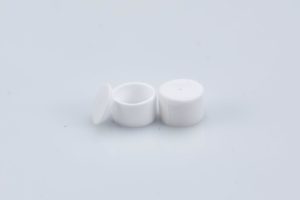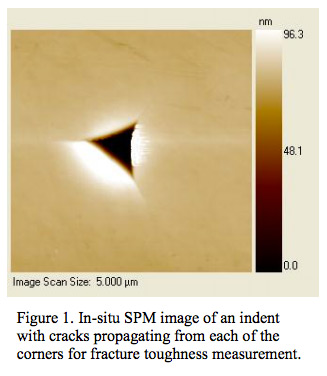- Lab Services
- Surface Roughness & 3D Topography
- Chemical
- Color Measurement
- Contact Angle
- Gloss Measurement
- Liquids
- Mechanical
- Abrasion
- Contact Stylus Surface Roughness Analysis
- Depth Profiling
- Express Property Mapping through Accelerated Nanoindentation
- Macroscratch
- Microindentation
- Microscratch
- Modulus Mapping
- NanoDMA
- Nanoindentation
- Nanoscratch
- Rheology
- Scratch Testing ISO 1518
- Shore A and Shore D Hardness
- Universal Testing Machine
- Metallurgy
- Microscopy
- Particle Size
- Peel Strength
- Pore Size
- Technical Consulting
- Thermal
- Tribological
- X-Ray Diffraction
- Zeta Potential
- Products
- Industries
- Resources
- About Us
- Testimonials
- Contact Us


 Ceramics and glasses are important in many industries as a part of constructing the desired product. The professional team at Ebatco can help determine if the glass or ceramic product has the material properties desired for the intended use. Our professional reports will provide accurate data to conclude if the glass or ceramic functions properly.
Ceramics and glasses are important in many industries as a part of constructing the desired product. The professional team at Ebatco can help determine if the glass or ceramic product has the material properties desired for the intended use. Our professional reports will provide accurate data to conclude if the glass or ceramic functions properly.

